Key in a search term below to search our website.
Key in a search term below to search our website.
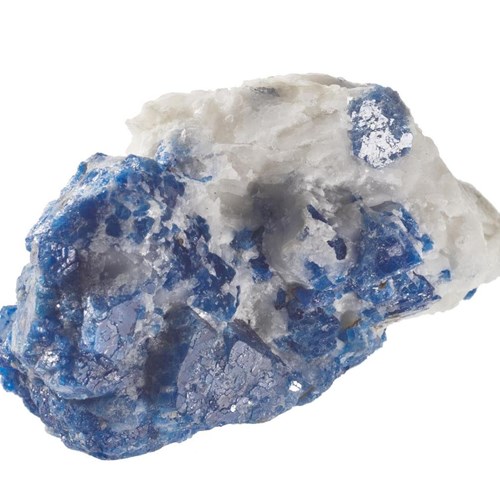
Cobalt, found in the mineral cobaltoan spinel, is used in mobile phone batteries.
View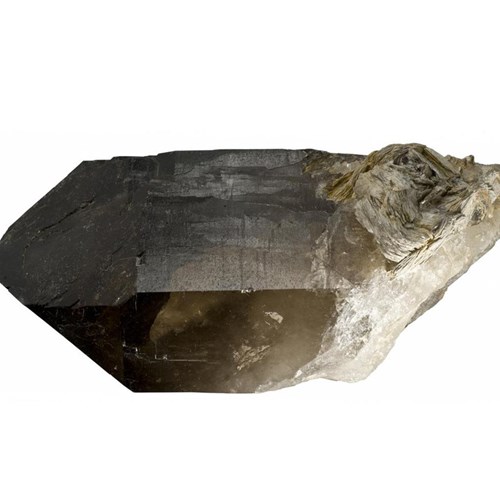
Silica, an element found in quartz, is used to make chips and microprocessors in mobile phones.
View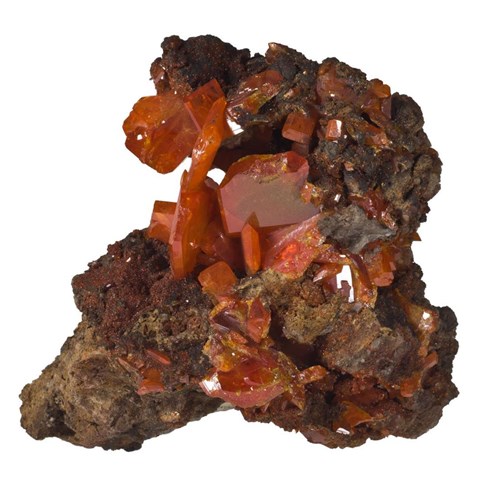
Wulfenite contains the element molybdenum, which can be used to make connectors and wires in mobile phones.
View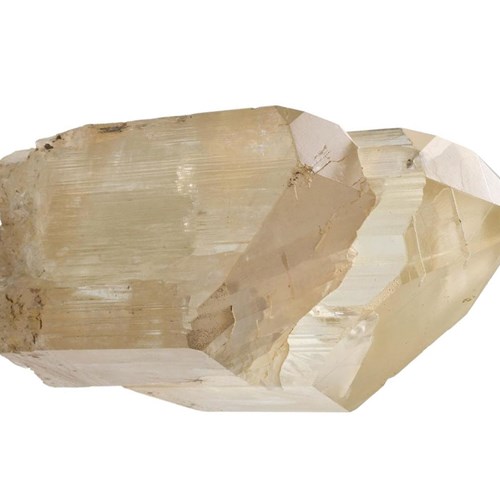
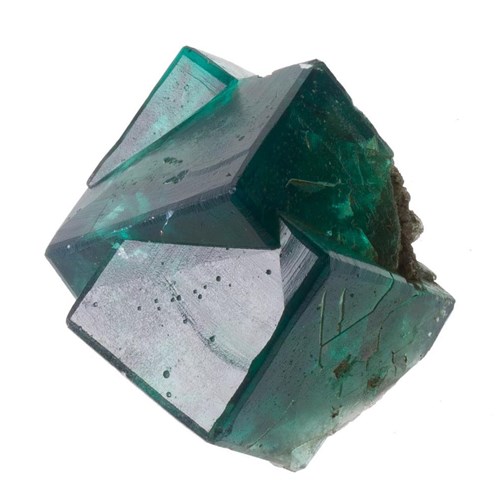
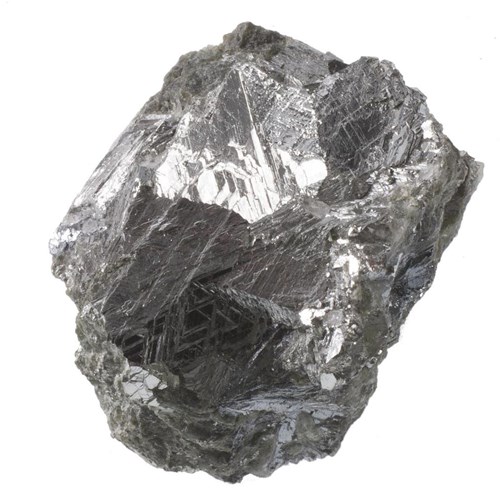
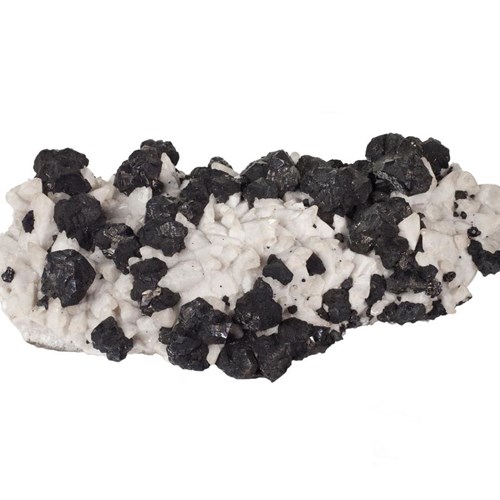
Sphalerite can contain three elements used in mobile phones: zinc, indium and gallium.
View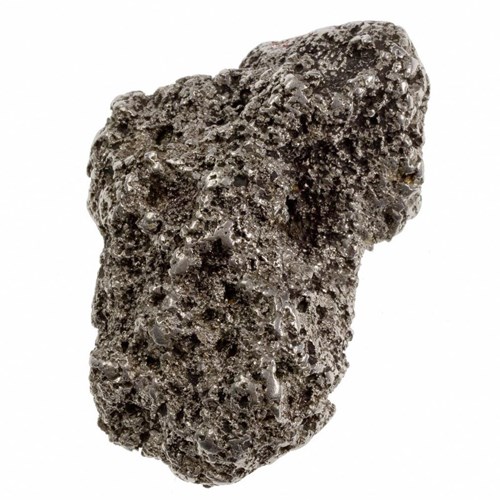
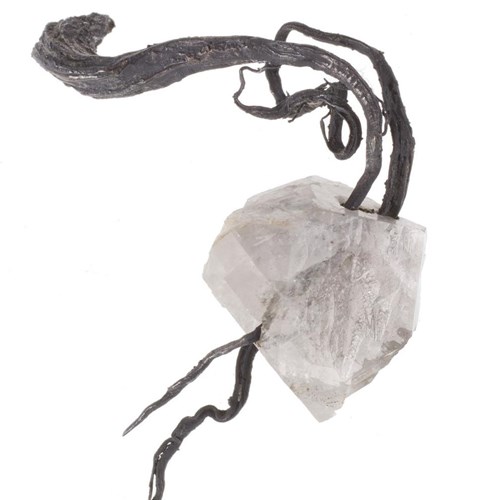
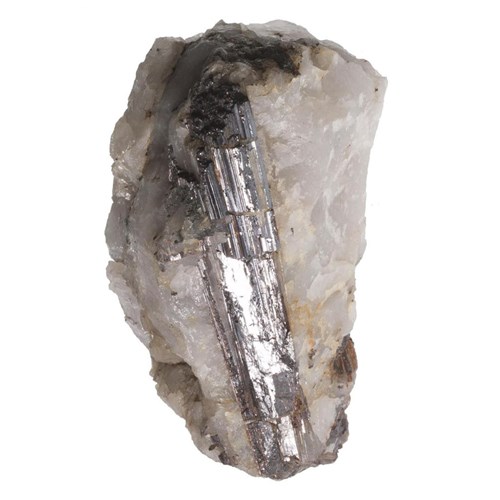
Titanium, an element found in the mineral rutile, is used to make mobile phone cases.
View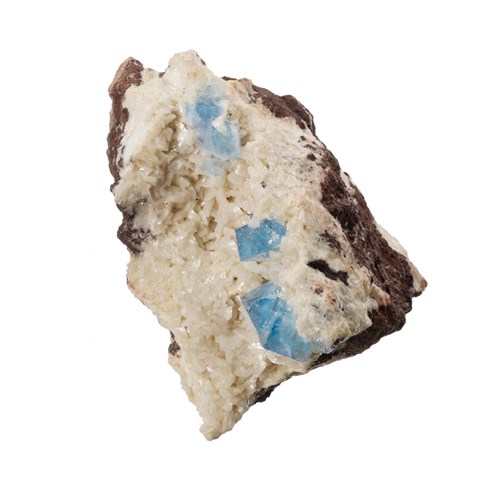
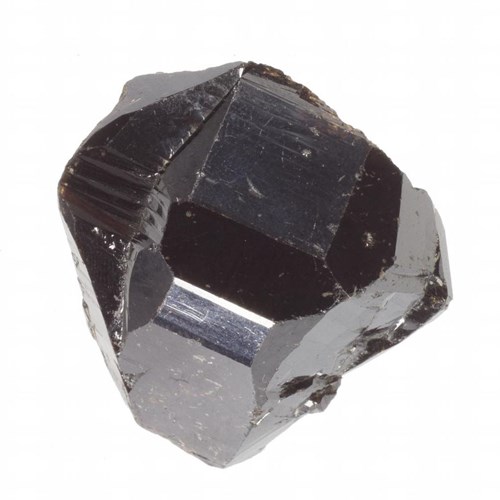
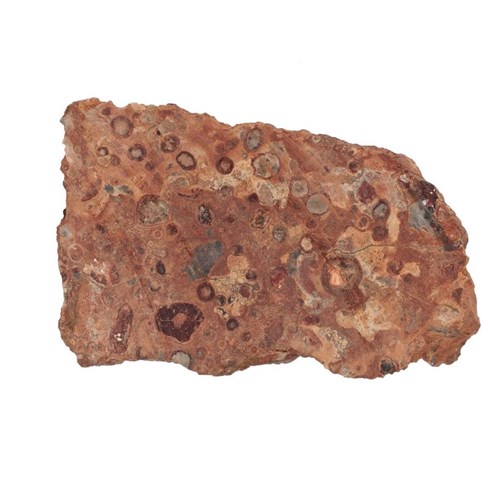
Aluminium, one of the elements in Diaspore, is used in mobile phone circuitboards.
View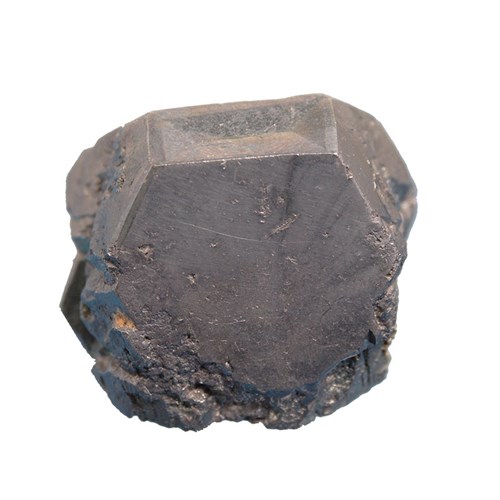
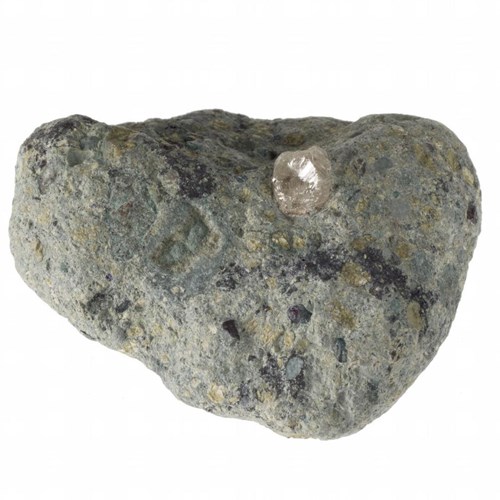
Diamond is a form of carbon, an element used to make electrodes in mobile phone batteries.
View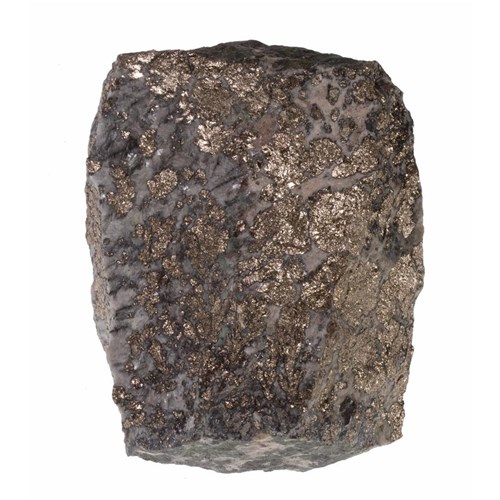
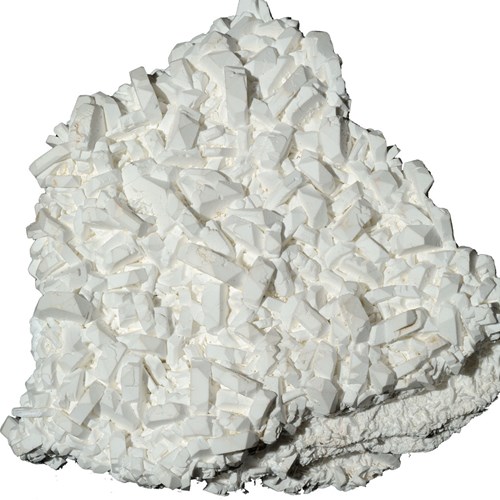
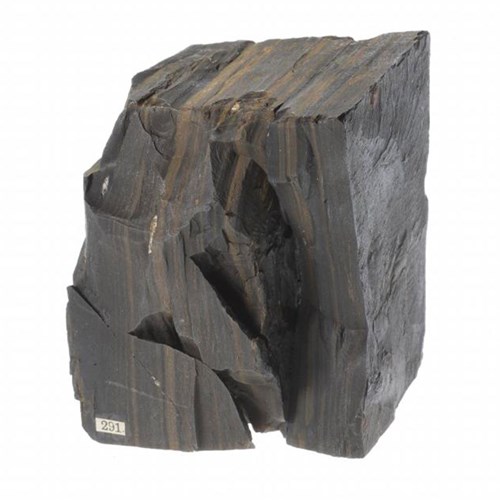
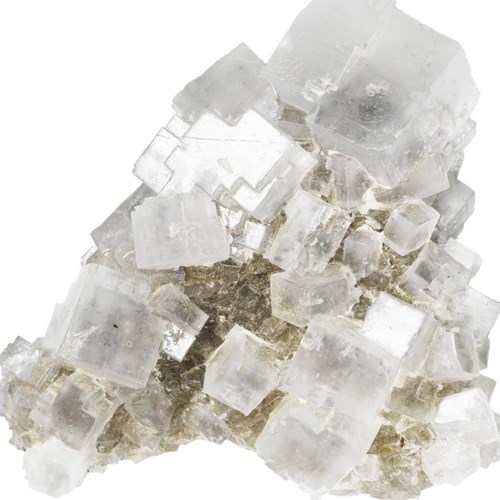
Sodium and chlorine, both found in halite, can be used in mobile phone touchscreens and cases.
View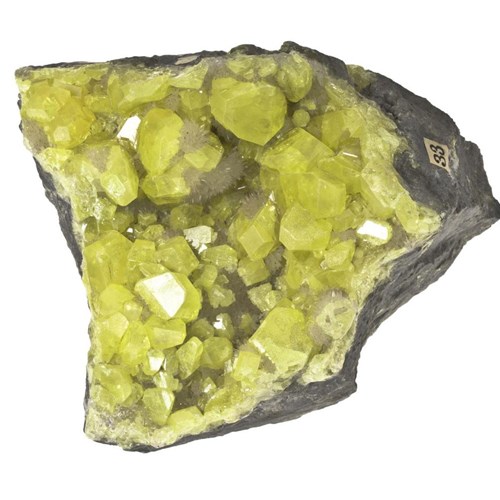
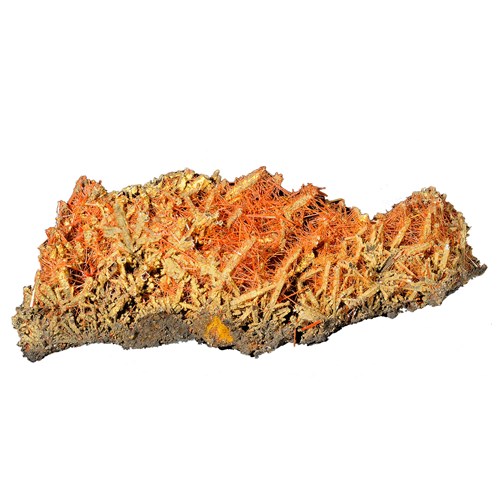
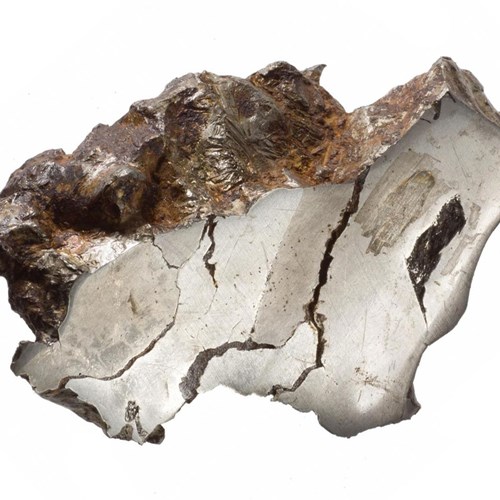
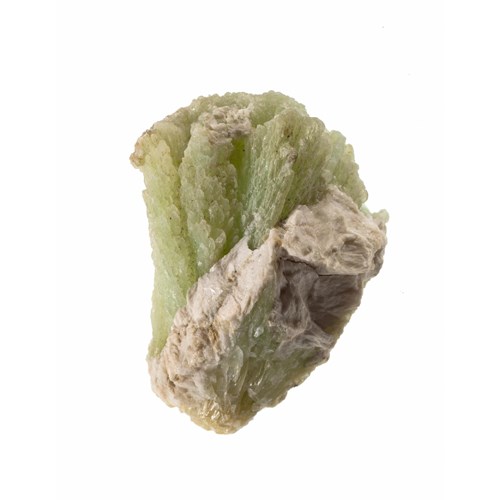
Strontianite contains strontium, which is used in mobile phone circuitboards.
View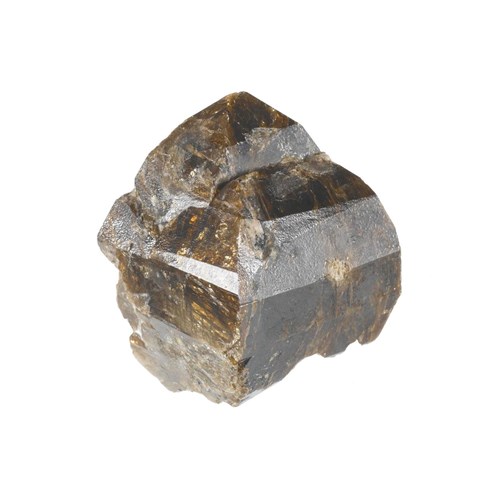

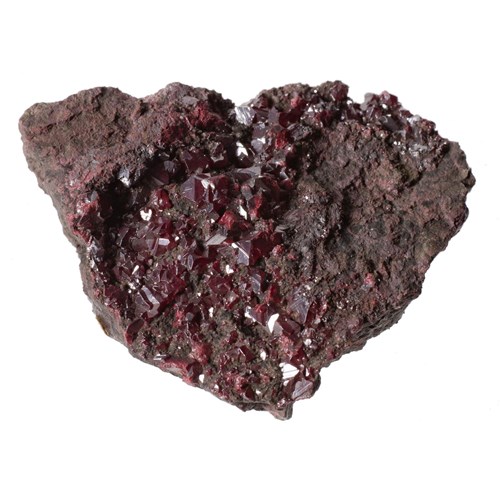
Cinnabar contains the element mercury, which can be found in mobile phone circuitboards.
View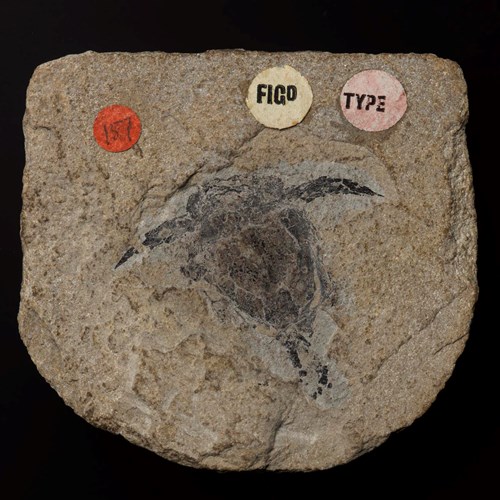
Book linked to the Hugh Miller Collection in National Museums Scotland wins this prestigious award
View
On 3 December 1917, a little after 13:00, a large fireball was seen to cross southern Scotland. A short time later, an explosion was heard and four objects were seen or heard to crash to the ground around the towns of Coupar Angus and Blairgowrie in the Strathmore area of central Scotland.
View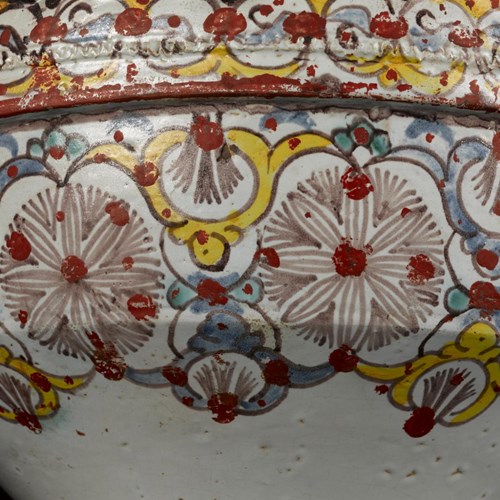
This unique water basin, shaped like a citadel, was made by Moroccan potters, probably as a diplomatic gift, in the 19th century.
View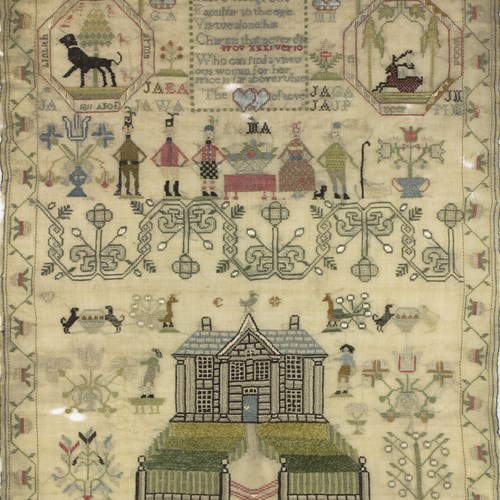
This exhibition revealed an insight into the lives of children in the 18th and 19th centuries through a unique collection of Scottish samplers on loan from American collector Leslie B. Durst.
View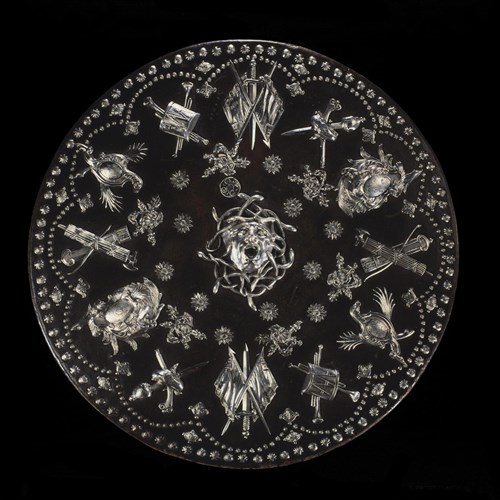
This targe, or shield, was presented to Prince Charles Edward Stuart before Culloden, but abandoned when the Prince fled the field.
View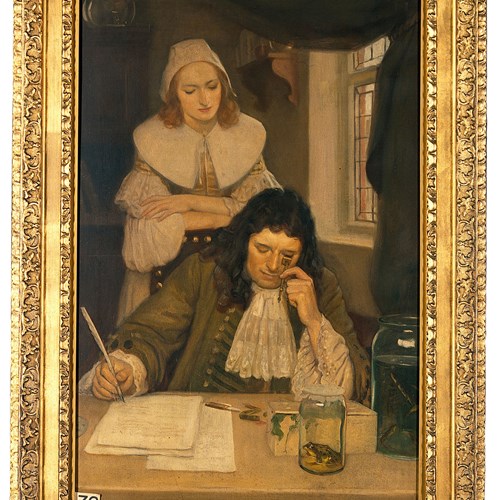
After its invention in the 1620s, the microscope had its first high point in the second half of the 17th century.
View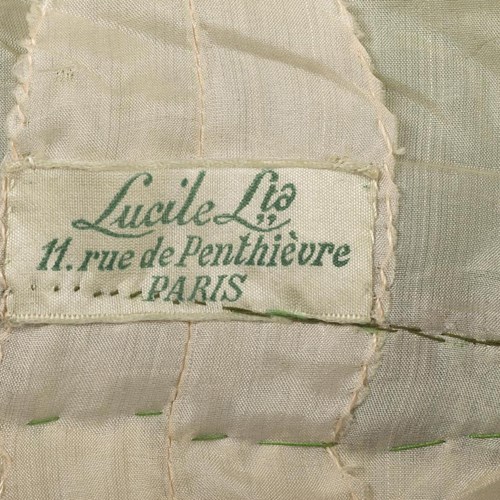
This evening dress of bright leaf green and red shot silk is by the Maison Lucile Ltd, founded by Lady Duff Gordon, and is on display in our new galleries.
View
These medieval chess pieces from the Scottish island of Lewis are among our most popular collections. They give us fascinating insights into the international connections of western Scotland and the growing popularity of chess in medieval Europe.
View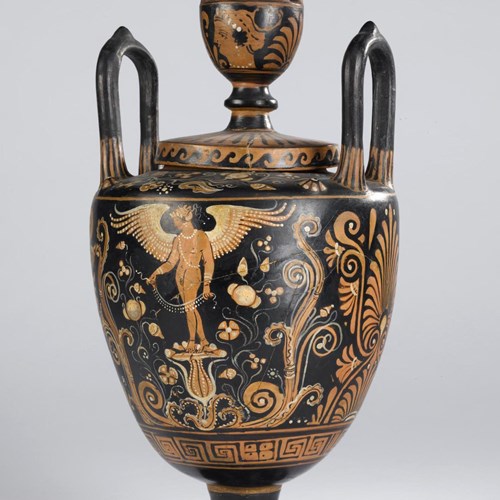
Our ancient Southern European collections offer a window onto the diverse cultures that flourished along the Mediterranean coast in antiquity.
View
This Persian leopard is a male that was born at Bristol Zoo in 1994. He eventually found a home at Wilhelma Zoo in Stuttgart, Germany where he died at the advanced age of 17 years old.
View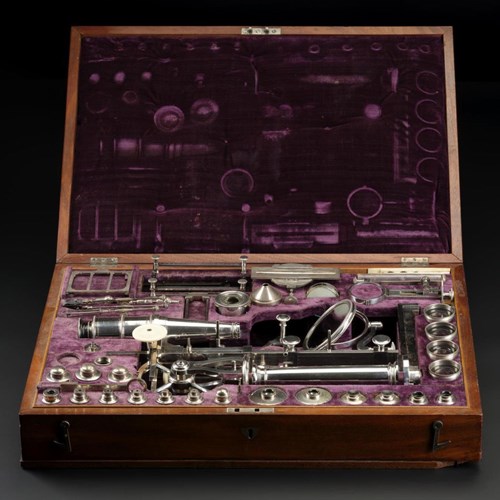
Early microscopes were sold by scientists and craftsmen, but by 1660 their production shifted to more commercial workshops.
View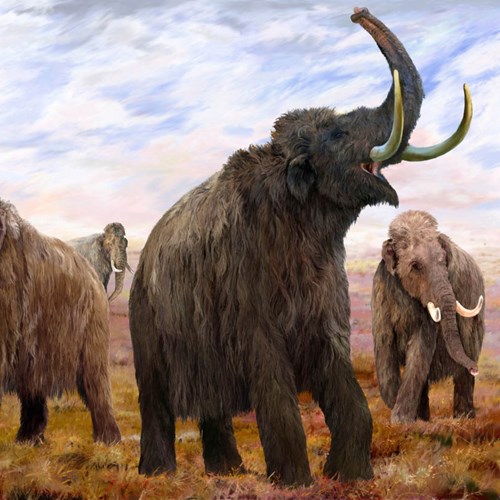
Two pieces of tusk in our collection show that some woolly mammoths made their home in Scotland, while another provides early evidence of mammoths in North America.
View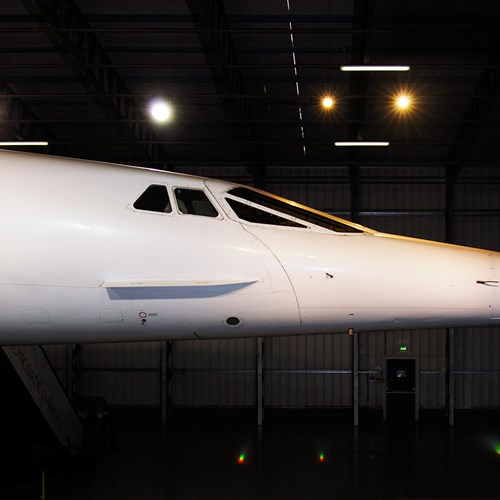
For almost 30 years, anyone who could afford the ticket could shoot across the globe at twice the speed of sound. How? By flying on Concorde, the world’s only supersonic passenger aeroplane.
View
Portable steam engines were in common use in industrialised countries from the early 19th century to the mid-20th century as power sources for machinery on farms and in rural factories.
View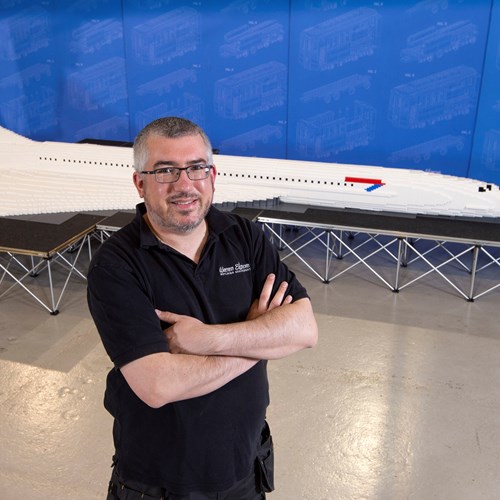
Especially for us, master builder Warren Elsmore and his team have created a LEGO® Big Build of our very own Concorde.
View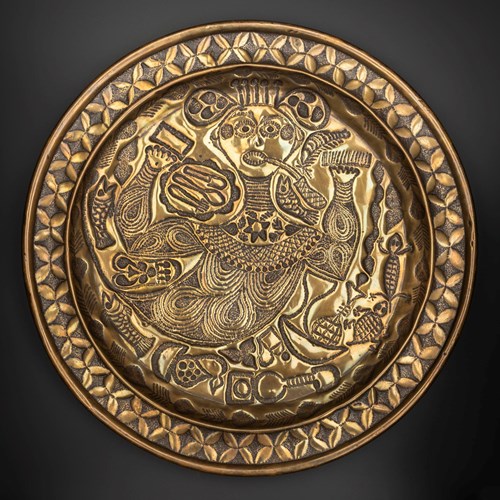
Discover how brass and copper once featured as mediums of exchange, status and power in Africa through highlights of the museum’s 19th and early 20th century collections from west and central Africa.
View
From intricate firelighting tools to rocket-powered aircraft and a fire alarm with a difference, our collections feature intriguing links to the element fire.
View
Investigate different aspects of life on Earth, through fascinating fossils, tools for turning the soil and pieces of art reflecting the devastating effects of pollution on our planet.
View
Investigate the 'fifth element' through the wonders of digital technology, from early computers to the development of mobile telephones and robot repairs.
View
Discover how air has been used in modes of transport from airships to hot air balloons and how different species make use of air to travel through flight and gliding.
View
Discover and investigate the history of the cash register, an object that has become a part of our everyday lives.
View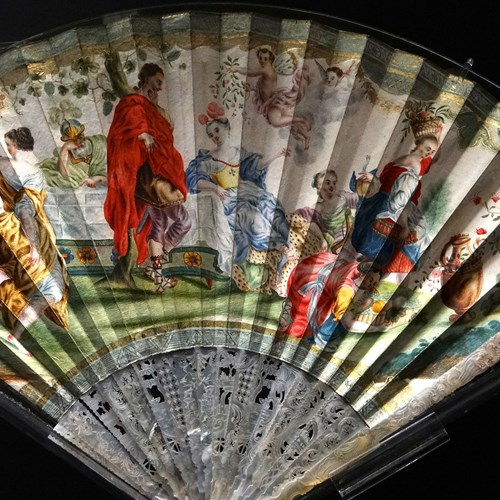
Our online database contains a selection of the 12 million objects and specimens in our collections.
View